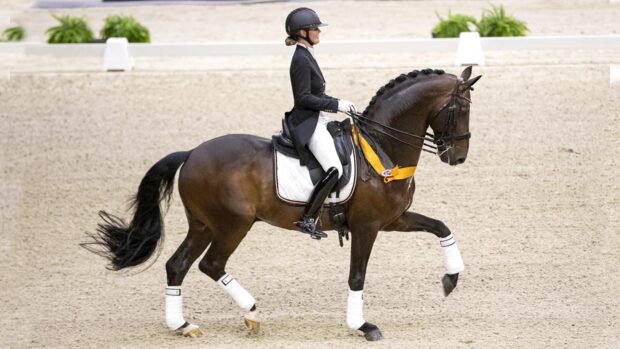Conformation, temperament and movement are all critical when it comes to breeding ponies. Many people will want to sell the offspring in the future so the better the conformation, temperament and movement, the easier the foal is likely to be to sell.
Here is some advice on choosing a stallion for a pony broodmare:
- Faults which are forgivable in a dam (a short neck or a long back for example) are less forgivable in a sire.
- If you have a preference for a colt or filly, check back through at least four generations of both the dam and the potential sire — a pattern of one type will usually emerge through one.
- Remember heights of foals vary enormously and there are absolutely no guarantees when breeding.
- Choose a suitable sized sire that is not going to hurt the mare when covering or produce too big a foal.
- First foals are usually smaller than expected and are not the always the best to judge the mare on.
- Movement must be correct for the breed. Faults such as dishing, paddling, cow hocks, etc should be avoided as these are most likely to be passed on.
- Temperament is dependent on both the sire and the dam, but a bad-tempered stallion is should not be first choice.
- Check out the facilities of where your mare would be going. If you would not keep your mare there yourself, then do not send her there to be covered.
- Read the small print regarding costs. Prices soar for mares at stud when the “extras” are added that you have not budgeted for.
- Remember there are few claims to be made against stallion owners for liability. Mating is a risky business and if yours is a show animal, it could become scarred in the process.



